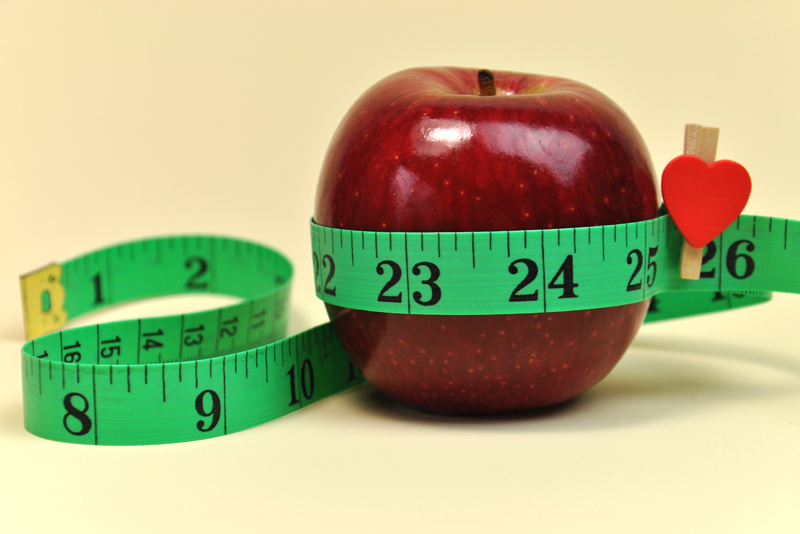Arsenic in Rice

A report in September 2012 found that rice had high levels of arsenic in it. Why does rice have arsenic, and why is this dangerous for your health?
First, let's look at arsenic. Arsenic is a naturally occurring metalliod which is poisonous to humans (and most other life forms). Arsenic normally shows up in water supplies, and the EPA maximum level for safety is 10 micrograms per liter. New Jersey limits it to 5 micrograms per liter. Arsenic is also found in old pressure-treated lumber and in dangerous factory conditions such as smelting.
Cancer.org reports that people who have high levels of exposure to arsenic, such as in contaminated water areas or in toxic workplaces, have higher levels of cancer. It also causes organ failure and other serious issues. A 2009 report in the "Annual Review of Nutrition" discussed how arsenic can damage fetal growth. Other studies indicate arsenic ingestion by toddlers can lead to lower IQ.
Arsenic has been a known poison for many years. The 1944 movie "Arsenic and Old Lace" was about people using arsenic to kill off other people.
So, clearly people should minimize their ingestion of arsenic. But how does this relate to rice?
Since arsenic is found in the ground, some plant systems draw it up into their plant parts that we then eat. Rice is a prime culprit here. A rice plant that grows in an area that has arsenic in the ground draws that arsenic up into its plant cells, including the rice kernels. The farmer then harvests the rice and sends it out for us to eat.
Rice servings are managed in 1/4 cup UNCOOKED levels. So that's about a cup of COOKED rice. According to the reports by Consumer Reports and the FDA, you can get from that serving:
Della Basmati Brown - 9.4 ug/serving
Martin Long Grain Brown - 9.6 ug/serving
Uncle Ben's Long Grain Brown - 6.7 ug/serving
The white rices have lower levels, but still noticeable -
Whole Foods Organic Thai Jasmine White - 3.0 ug/serving
Trader Joe's White Basmati from India - 2.9 ug/serving
Remember, the standard is under 5 ug in a liter of water - i.e. in about a day.
So the key here is moderation. Consumer reports is recommending rice only twice a week.
It doesn't matter if it's organic. The problem here is not pesticides. It is simply that the soil itself naturally has arsenic in it, and that the arsenic is sucked up and held by the rice. It's something about the rice itself and how it holds metals in its grains.
Come by our forums to discuss this issue!
Consumer Reports Arsenic in Rice full listing

Lisa Shea's Library of Low Carb Books
First, let's look at arsenic. Arsenic is a naturally occurring metalliod which is poisonous to humans (and most other life forms). Arsenic normally shows up in water supplies, and the EPA maximum level for safety is 10 micrograms per liter. New Jersey limits it to 5 micrograms per liter. Arsenic is also found in old pressure-treated lumber and in dangerous factory conditions such as smelting.
Cancer.org reports that people who have high levels of exposure to arsenic, such as in contaminated water areas or in toxic workplaces, have higher levels of cancer. It also causes organ failure and other serious issues. A 2009 report in the "Annual Review of Nutrition" discussed how arsenic can damage fetal growth. Other studies indicate arsenic ingestion by toddlers can lead to lower IQ.
Arsenic has been a known poison for many years. The 1944 movie "Arsenic and Old Lace" was about people using arsenic to kill off other people.
So, clearly people should minimize their ingestion of arsenic. But how does this relate to rice?
Since arsenic is found in the ground, some plant systems draw it up into their plant parts that we then eat. Rice is a prime culprit here. A rice plant that grows in an area that has arsenic in the ground draws that arsenic up into its plant cells, including the rice kernels. The farmer then harvests the rice and sends it out for us to eat.
Rice servings are managed in 1/4 cup UNCOOKED levels. So that's about a cup of COOKED rice. According to the reports by Consumer Reports and the FDA, you can get from that serving:
Della Basmati Brown - 9.4 ug/serving
Martin Long Grain Brown - 9.6 ug/serving
Uncle Ben's Long Grain Brown - 6.7 ug/serving
The white rices have lower levels, but still noticeable -
Whole Foods Organic Thai Jasmine White - 3.0 ug/serving
Trader Joe's White Basmati from India - 2.9 ug/serving
Remember, the standard is under 5 ug in a liter of water - i.e. in about a day.
So the key here is moderation. Consumer reports is recommending rice only twice a week.
It doesn't matter if it's organic. The problem here is not pesticides. It is simply that the soil itself naturally has arsenic in it, and that the arsenic is sucked up and held by the rice. It's something about the rice itself and how it holds metals in its grains.
Come by our forums to discuss this issue!
Consumer Reports Arsenic in Rice full listing

Lisa Shea's Library of Low Carb Books

Related Articles
Editor's Picks Articles
Top Ten Articles
Previous Features
Site Map
Follow @LisaLowCarb
Tweet
Content copyright © 2023 by Lisa Shea. All rights reserved.
This content was written by Lisa Shea. If you wish to use this content in any manner, you need written permission. Contact Lisa Shea for details.










